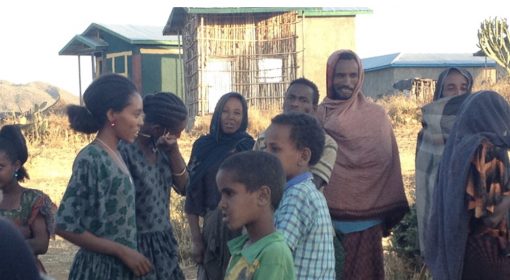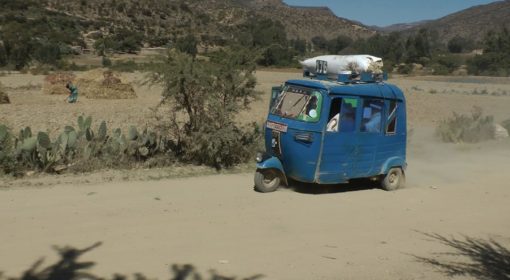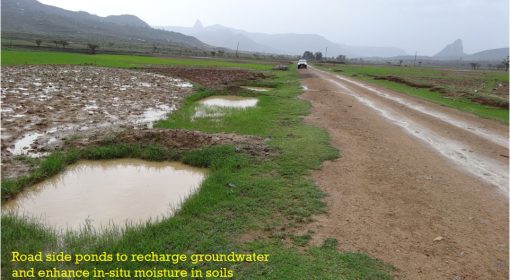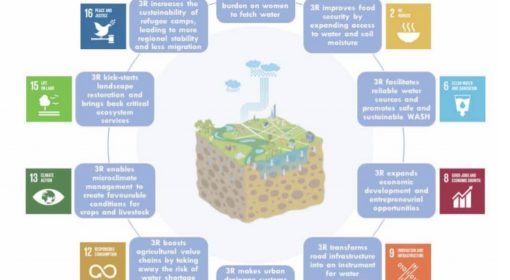Getting a stronger rural economy
By Frank van Steenbergen, Edris Hussien, Fredu Nega Tegebu and Letty Fajardo Vera
March 23, 2017
It is a sign of an economy that is thin on the ground and not diversified – the number and composition of shops in rural Ethiopia or for that matter in many parts of Sub Saharan Africa. Non-farm business is limited in number and is ‘much of the same’.

There are only few shops and they concern primarily small food stores, bars and some hairdressers. The economy is not diversified and little money moves around. This means that opportunities to create productive income are few and far between and that many services that improve the well-being of people or add value to what is produced are not provided. Relying on a meagre basis, the rural economy is all but resilient.
Research done on two roads* in the “Feeder Road Development for Inclusive Productive Employment” project in November 2016 indicated the following:
- There was an increase in shops after the roads opened up: more than 80% of the shops opened up after the road was constructed
- Covering 135 non-farm business activities selected using non-probability sampling, the most common shops were bars, followed by small grocery stores and coffee houses. The third business was in transport. Three out of four businesses were operated by men. There were no hardware shops in the sample of 135, or tailors or pharmacies for that matter. Such sales are limited to market places or far away places. The survey results indicated that the construction of the roads had catalyzed non-farm business activities though.
- Access to finance was mentioned as the prime constraint for the shop owners to function and grow.
- Despite the new road network in the area, business enterprise owners also mentioned transportation related problems as the second most important constraint to business enterprises operation and growth. High cost and low frequency of public transport are the most common problems. There are also hardly any intermediate means of transport, be it motorbikes or motorized three wheelers. This makes it difficult to diversify income activities, sell farm produce or access agricultural inputs.
- The third constraint is lack of access to energy.
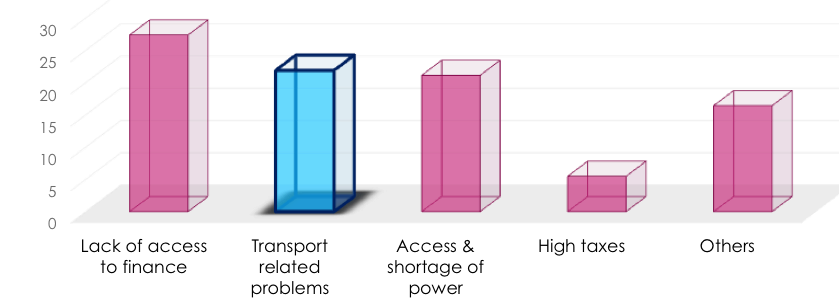
Given its potential to provide jobs and services, how to open up the local non-farm business sector? Here are five directions. Give credit facilities to the local shops so as to expand the stock they keep and the services they provide. Rural shops can play a large role in moving useful products to rural areas – from sanitary pads, basic medicines to better seeds, tools and solar lamps. Yet there are very few retail outlets that have a stock of such useful products and hence the potential market penetration of products that could mean a lot for rural customers is almost not there.
Help the retail shops to set up a system of selling in instalments to rural customers. There are many products that are immensely useful and have high return on investment but there is always a liquidity crisis. If local retail shops would sell in instalments to rural customers this could be overcome. Yet most shops have only a few people they trust. Setting up a system of simple screening and guarantees would unblock the market.
Further strengthen the retail shops by making sure all product delivery is routed through them. Now under all manner of public subsidy program parallel delivery systems are set-up whereby product and tools are directly provided to rural customers. It would make sense to physically route such free or subsidized items through the local shops and make them stronger and better-stocked.
Complement the efforts by training in more diversified economic activities – food processing, decorations, local craft – learning young people in particular basic business practices and technical skills and providing them with the vision, hope and aspiration.
And also: ensuring more transport on the roads. The Ethiopian feeder roads are now largely empty: used by few buses, even fewer trucks and ‘bajaj’ – the Indian-made motorbike three-wheeler with the typical low axle, making them inappropriate for the typical rural roads. But there is a variety of ‘intermediate means of rural transport’ – high duty, multi-purpose motorbikes for instance, that could and should fill the large transport gap.
The case could not be more timely – with the rural-urban divide opening wider and wider and the lack of youth employment opportunities a ticking time bomb. There is a need to invest in stronger and thicker rural business with credit lines and adequate transport.
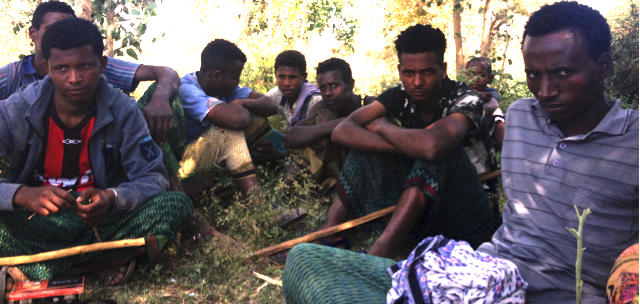
Young people – few job opportunities
* The research was carried out in two Woredas (Kilte Awle’alo in Northern Tigray) and Raya Azebo of Southern Tigray, Ethiopia in November 2016.
![]()
![]()


